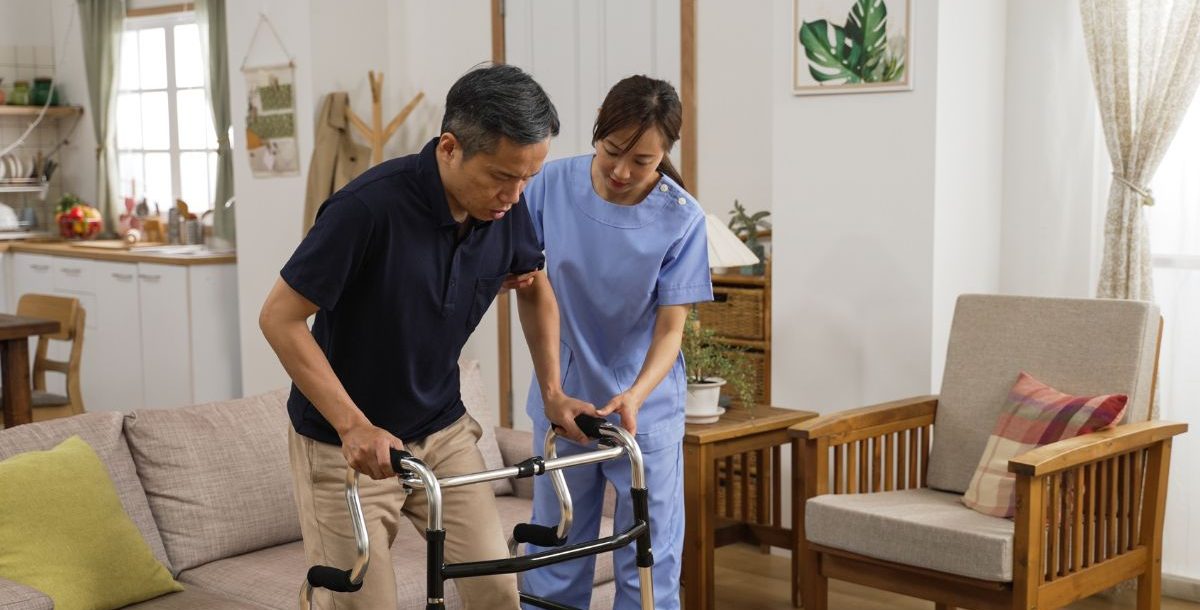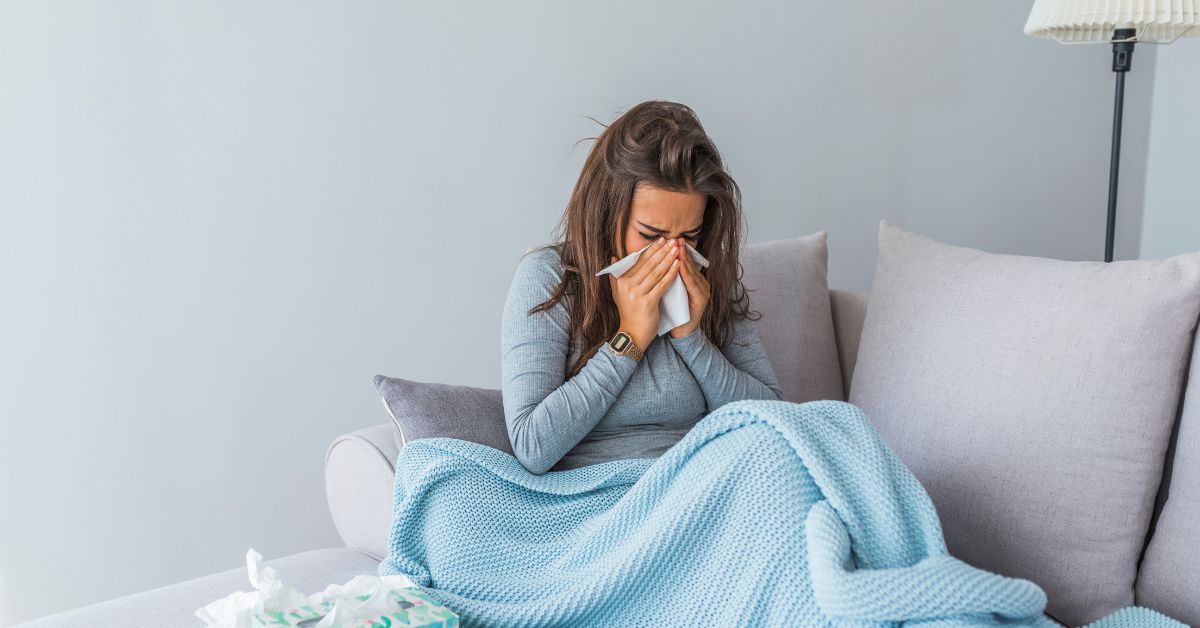Experiencing a stroke can be life-altering, both for an individual and their loved ones. Care after having a stroke is a complex journey that requires comprehensive care and support, rehabilitation and ongoing care.
Immediate post-stroke treatment
Acute care
- Hospitalization: Most stroke patients are immediately hospitalized for acute care. The initial focus is on stabilizing the patient, preventing further strokes and managing any immediate health threats.
- Medications: Treatments often include clot-busting drugs (for ischemic strokes) or medications to control bleeding (for hemorrhagic strokes), blood pressure management and anticoagulants to prevent new clots.
- Monitoring: Continuous vital signs and neurological status monitoring is critical during the first 24 to 48 hours.
Medical interventions
- Surgery: In cases of hemorrhagic stroke, surgery may be required to relieve pressure on the brain or repair blood vessels.
- Thrombectomy: A mechanical thrombectomy might be performed to remove the clot for ischemic strokes caused by large clots.
Rehabilitation: The road to recovery
Multidisciplinary approach
- Physical therapy (PT): Focuses on improving strength, coordination and balance. PT often includes exercises and activities designed to regain mobility.
- Occupational therapy (OT): Helps patients relearn daily activities, such as dressing, cooking and bathing. OT aims to enhance independence and improve quality of life.
- Speech therapy: Essential for those who experience speech and language difficulties (aphasia) or swallowing problems (dysphagia). Therapy includes exercises and techniques to improve communication skills and swallowing safety.
Long-term care and lifestyle adjustments
Home modifications
- Safety enhancements: Making the home environment safer, such as installing grab bars, ramps and non-slip mats.
- Adaptive equipment: Utilizing devices like walkers, wheelchairs or adaptive utensils to facilitate daily activities.
Lifestyle changes
- Healthy diet: A balanced diet low in salt, saturated fats and cholesterol can help control blood pressure and prevent future strokes.
- Regular exercise: Incorporating physical activity into daily routines to improve overall health and prevent another stroke.
- Smoking cessation and alcohol moderation: Quitting smoking and reducing alcohol intake are critical steps in stroke prevention.
Ongoing medical care
- Regular check-ups: Continuous monitoring by health care professionals to manage risk factors such as hypertension, diabetes and high cholesterol.
- Medication adherence: Ensuring prescribed medications are taken consistently to prevent complications and reduce the risk of another stroke.
How we can help
Recovering from a stroke is a comprehensive process that requires a combination of medical treatment, rehabilitation, lifestyle changes and strong support systems. With the right care and commitment, many stroke survivors can achieve significant improvements and lead fulfilling lives.
If you or a loved one is navigating stroke recovery, working with the right provider can be a critical piece of the recovery puzzle. Progress may be gradual, but every small step is a victory.
Want to learn more about your own stroke risk? Take our online stroke risk assessment today.
Also, learn about the stroke care services we provide at Mercy Health.






